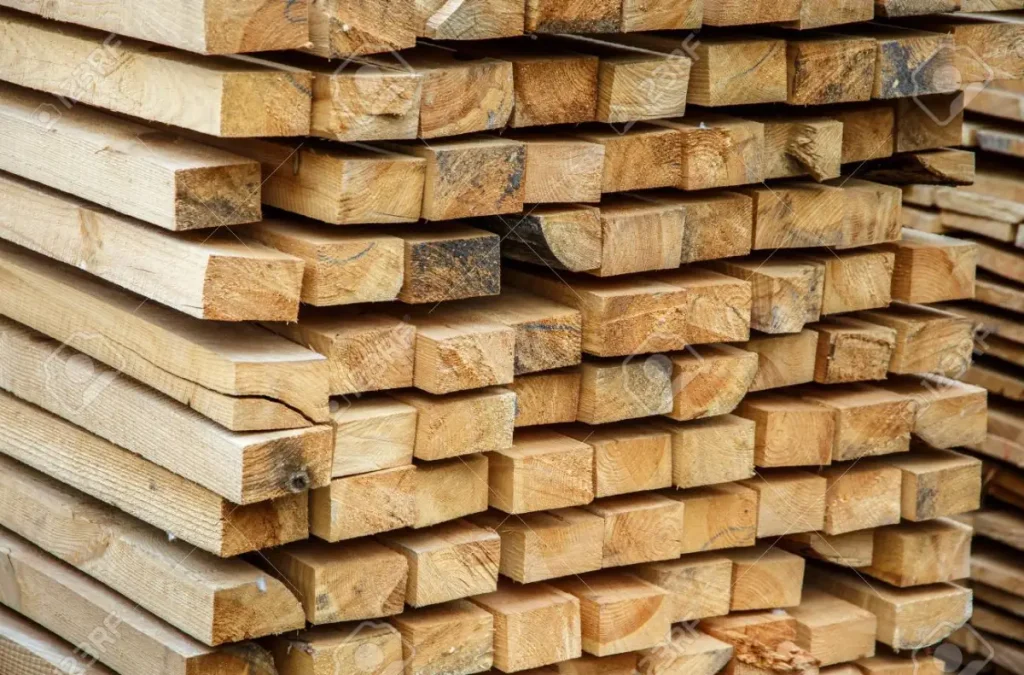An unhealthy Indoor Air Quality can have an adverse effect on the well-being of the people who live there. This can lead to nasal, eye and throat irritations; headaches; and allergic reactions. Exposure to chemicals could cause respiratory disorders and may contribute to heart disease and cancer.
Many of the pollutants that deteriorate IAQ are derived from construction furniture, paint as well as cleaning and maintenance products. Building materials that emit low emissions can lower the harmful emissions.
Volatile Organic Compounds
A lot of everyday items, such as the building material and cleaning chemicals, emit VOCs into the environment. They are present in paints, perfumes, solvents and some cleaning chemicals. It is also part of the kerosene or emission from wood stoves. VOC levels may build up in the home due to smoking, cleaning product use and painting as well as pollution from the outside. In the home, concentrations of VOC too high can lead to sick-building syndrome..
Outdoor VOCs constitute a large contributing factor to the formation of ground-level Ozone which forms a component of photochemical pollution. VOCs are regulated by the EPA in order to prevent them from reacting with light and nitrogen oxides creating Ozone.
A variety of new construction materials and materials emit VOCs such as insulation floors, paints, flooring as well as adhesives. In order to ensure a healthy and safe building, it is essential to designate low-VOC materials. So, selecting certified and accredited products featuring the Declare Label Cradle-to-Cradle Global Green Tag and Product Lens certifications as well as BREEAM’s Hea 02 Indoor air quality credit is a great way to lower VOC levels.

Formaldehyde Emissions
During construction, the use of products made from wood that have formaldehyde-based resins can result in high levels of formaldehyde offgassing into ambient air. The offgassing process can go on for a long time and can be worsened by high humidity and temperatures.
It is widely known that formaldehyde can cause cancer and respiratory irritation. The throat, face as well as the nose and eyes may also become inflamed. It can also be a source of other VOCs.
Formaldehyde can be found in high concentrations in a variety of household items like new wood furniture as well as recently renovated melamine pieces as well as wood-based material pressed using formaldehyde resins and urea-formaldehyde insulation foam; DIY projects, such as painting or varnishing as well as textiles da 0x4. Making use of pressed wood designated as CARB or ULEF, or NAF compliant will lower the emission of formaldehyde.
Particulate Matter
Asbestos is found in many new materials such as carpets and insulation. When it is disturbed, asbestos can emit toxic gases. The fumes could contaminate indoor air and increase the likelihood of an allergic reaction in people. The exposure to particles can create respiratory and cardiovascular health issues.
Another cause of pollution comes from Diesel-powered construction machinery. The equipment creates a great deal of carbon dioxide, carbon monoxide along with nitrogen oxides and hydrocarbons that could affect indoor air quality.
Furthermore, it’s crucial to select low emission construction materials as well as to ensure that the ventilation system is functioning properly to keep contaminants out of your indoor space. The presence of high levels of indoor pollution are a cause of poor health outcomes, including increased hospitalizations as well as deaths due to respiratory and cardiovascular diseases. This is particularly true with certain population groups for instance, elderly people, children and those with preexisting conditions. This is the reason it’s crucial to limit exposure to the sun by providing adequate airflow and segregating work areas in renovations from spaces that are used.
Development of Mold
They are fungi that degrade materials within our surroundings and then produce spores, which consume even more as they grow. The endless cycle of this process is among the primary causes of pollution within our surroundings, especially when it comes to mycotoxins, produced by certain types of mold that are more harmful for health.
Mold spores can be found throughout the air and in construction and soil. The most important conditions for growth of mold are sources of nutrients such as water and oxygen. The majority of materials for construction such as furniture and dirt supply the necessary nutrients.
The exposure to spores of mold that are airborne can trigger respiratory irritation and some individuals may experience worse symptoms such as headaches or fatigue. The use of low-emitting construction products and a proper design for ventilation can minimize the impact of microbial contamination both during and after construction work, and also improve the air quality in your home overall.